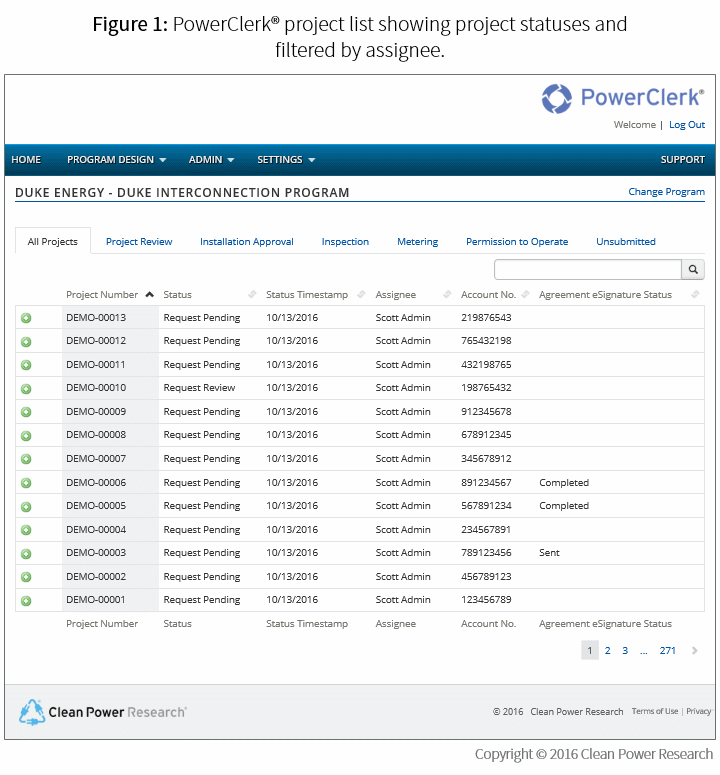In a recent webinar survey, 94% of utility respondents indicated that email is used to trigger interconnection project reviews across departments. While email is an excellent notification tool, it’s an ineffective task management solution. When email is used for task management, it’s all too easy to lose track of work priority or tasks themselves, and ensuring applications are being reviewed in a timely manner requires a lot of coordination and can be a labor-intensive process.
When email is used for task management, it’s all too easy to lose track of work priorities–or the tasks themselves. Also, ensuring applications are being reviewed in a timely manner requires a lot of coordination and can be a labor-intensive process.
This is one of several challenges Tucson Electric Power (TEP) was dealing with when they decided to take interconnection administration online with PowerClerk®. PowerClerk provides a single location where anyone involved in an interconnection process can track project statuses, set deadlines and even re-assign tasks to balance workloads.

Today with PowerClerk, TEP can:
- Quickly determine which applications are in a particular status.
- View projects by workflow stage.
- Easily identify which projects are assigned to which reviewer.
All this is accomplished within PowerClerk, reducing the need for back-and-forth communications with other departments. According to Blanka Anderson, a program coordinator at TEP, “There’s really no guessing about where a project is in the workflow. Anyone can sign-in to PowerClerk and see.”
PowerClerk web services also make it possible to trigger work requests in work management systems used by other departments within a utility such as engineering, metering technicians, field electricians, etc. This level of automation streamlines interconnection processes even further.
Evolving workflows for deeper integration
Tucson Electric Power implemented PowerClerk for its utility-owned solar program in October 2015, and for its distributed generation programs in January 2016. Since implementing these programs, TEP’s interconnection team has continuously improved and evolved their interconnection workflows using PowerClerk’s Program Design tools, which are completely self-serve.
One way TEP is improving workflows is through increased integration with users from other departments within the utility. For example, TEP’s interconnection team has added flows that allow engineering access to all the documents in PowerClerk rather than emailing documents separately. That saves time not only for engineering, but also has eliminated the need for a coordinator to keep track of documents.
Building on their early successes, TEP is continuing to investigate ways to bring engineering and metering deeper into the interconnection workflow through PowerClerk. On a systems level, TEP is also working to integrate PowerClerk with its geographical interface system (GIS), and is exploring integration with their customer database to make the application process easier for customers.
Improving customer service and reporting
The benefits TEP has realized by bringing interconnection online extend beyond better inter-departmental coordination and communication. Customers now have an easier time submitting applications and can track the progress of a project under review, improving customer service and customer satisfaction. TEP has also dramatically reduced the time spent reporting, with reports that used to take weeks to compile from various spreadsheets now can being completed in about an hour.
You can learn more about TEP’s experiences directly from TEP’s Sam Molina and Blanka Anderson in this on-demand webinar “How Tucson Electric Power Engineered the Pain out of Interconnection.”

